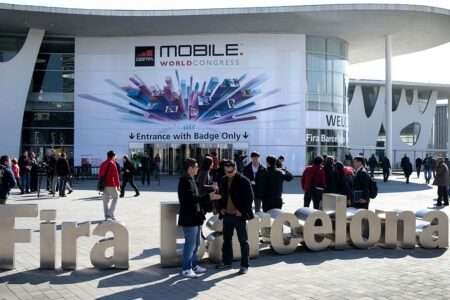The US Department of Transportation (USDOT) and its three Connected Vehicle Pilot sites have successfully completed three days of testing to establish whether equipment from six participating vendors was fully interoperable.
To pave the way for a future nationwide deployment, a major long-term goal of the USDOT’s Connected Vehicle (CV) Pilot Deployment Program is for the CV devices and equipment to be interoperable, meaning that they would be able to operate as designed anywhere in the country, regardless of where they were built.
The cooperative agreements between USDOT and the CV Pilot sites (New York City; Tampa, Florida; and Wyoming) included a requirement that devices from the three projects were interoperable. The parties involved settled on a definition and an approach to conduct a limited test of interoperability to prove that a vehicle with an onboard unit (OBU) from one of the three sites can interact with OBUs and/or roadside units (RSUs) from the other sites.
Over a period of several months, the pilot sites collaborated to harmonize the data elements that would make such interactions possible. They next worked with the USDOT and its support contractor to develop a plan to conduct last week’s interoperability tests at the Turner-Fairbank Highway Research Center (TFHRC) in McLean, Virginia. In addition to testing interoperability among the three sites, the trials also served to identify potential issues that may require resolution prior to the sites advancing to an operational phase later in 2018.
TFHRC and its Saxton Transportation Operations Laboratory contractor provided support, including: installing the same RSU models used by the sites to allow them to replicate their configurations; installing OBUs from the sites in vehicles; and providing trained drivers to operate vehicles during the test runs.
In addition to the USDOT and sites, representatives of the CV Pilots’ Independent Evaluation (IE) team were present to observe in support of the broader IE effort. Six TFHRC-provided vehicles were used for the testing, with each vehicle being outfitted with an OBU from one of the Pilot site’s vendors: Tampa (3), New York City (2) and Wyoming (1). Additionally, the sites each loaded the TFHRC-supplied RSUs with their own software. A test of this nature involving three deployment sites, six device vendors and multiple communications media had never been done before, making the trials a unique event.
In total, 102 interoperability test runs were conducted on TFHRC’s closed road course for four test cases: Forward Collision Warning, Intersection Movement Assist (IMA), Electronic Emergency Brake Light, and reception of Signal Phase and Timing/MAP messages. Data was downloaded off the OBUs immediately following each test run, with nearly 5GB worth of data being generated over the test period.
Overall, the three-day event was a major success that went above and beyond its original testing objectives. Results indicated successful transfer of messages between the six vehicles fitted with devices from five different OBU vendors. Out of the five vendors, four used DSRC and one used both DSRC and SiriusXM Radio.
Equipment from New York City and Tampa’s vendors also demonstrated the successful transfer of messages between the site-configured RSUs and the sites’ OBUs. A final report documenting the results of the interoperability test is expected to be made available in the autumn.




